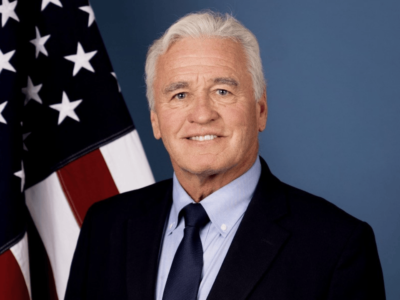FDA has withdrawn a proposed rule that called for standardized testing for detecting and identifying asbestos in talc-containing cosmetic products.
The European Society For Medical Oncology has formally weighed in on a question that U.S. medical groups have been chipping away at as well: How can we guarantee safe and effective use of artificial intelligence in oncology?
After three weeks of brutal combat, Richard Pazdur decided that he has had enough.
Richard Pazdur, FDA’s top oncologist who last week received a battlefield promotion to the role of director of the FDA Center for Drug Evaluation and Research, is described as a stabilizing figure respected by major patient groups, oncology professional societies, and the industry.
Top FDA officials said the agency is in the process of removing the black box safety warnings from all forms of menopausal hormone therapy, including creams, pills, and other treatments prescribed to ease the symptoms of menopause and perimenopause.
George F. Tidmarsh has resigned from his job as director of the FDA Center for Drug Evaluation and Research in the aftermath of a lawsuit by a former associate and a probe into what an HHS spokesperson described as “serious concerns about his personal conduct.”
New research led by Friends of Cancer Research demonstrates that decreases in circulating tumor DNA after initiation of treatment are associated with improved overall survival in patients with advanced non-small cell lung cancer treated with immunotherapy or chemotherapy.
In April 2025, announcements from the two most influential biomedical agencies in the US, the FDA and the NIH, declared that both will seek to reduce and minimize animal-based testing and experimentation. These declarations sparked joy in some circles, and deep concern in others that was reflected in a 28% fall in the share price of Charles River Labs (NYSE: NYSE:CRL).
Bowing to the growing animal rights movement, FDA and NIH have made policy changes to discourage animal testing, instead favoring alternative research models.
FDA has initiated the approval of leucovorin calcium tablets, rushing them to market as part of a push from the Trump administration to identify potential treatments for autism spectrum disorder.















